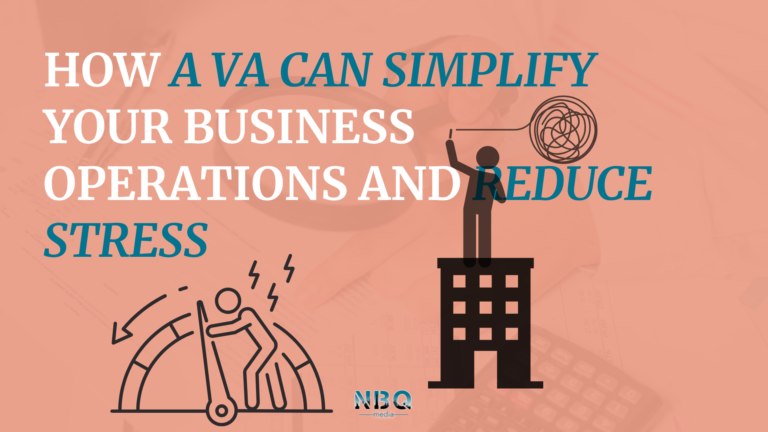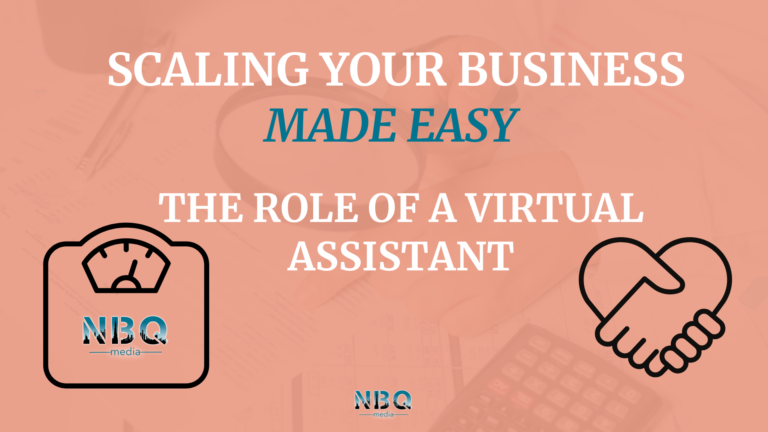Creating a user-friendly website is essential for engaging visitors and boosting conversions. Here are key strategies to help you design a site that is intuitive, engaging, and easy to navigate.
1. Define Your Objectives
Start by identifying the main goals of your website. Whether you want to sell products, share information, or generate leads, having clear objectives will guide your design decisions.
2. Simplify Navigation
Easy navigation is crucial. Organize your menu logically and limit the number of items to avoid overwhelming users. Include a search bar for quick access to content.
3. Ensure Mobile Responsiveness
With more users accessing sites via mobile devices, a responsive design is a must. Use frameworks like Bootstrap to create layouts that adjust to different screen sizes.
4. Optimize for Fast Loading Times
A slow website can drive visitors away. Optimize images and limit heavy scripts to improve loading speed. Choose a reliable hosting provider to enhance performance.
5. Maintain Consistent Design
A cohesive look builds trust. Use a consistent color palette and typography throughout your site, and ensure branding elements are uniform across all pages.
6. Focus on Readable Content
Make your text clear and easy to read. Use short paragraphs, bullet points, and legible fonts with good contrast to enhance readability.
7. Incorporate Engaging Visuals
High-quality images and graphics can capture attention. Use relevant visuals that complement your content and optimize them for faster loading.
8. Use Clear Calls to Action
Guide users towards desired actions with effective CTAs. Use contrasting colors and concise language, and place them strategically throughout your site.
By following these strategies, you can create a user-friendly website that attracts and retains visitors, leading to increased engagement and conversions. Start implementing these tips today to enhance your online presence!
See more on our Instagram





